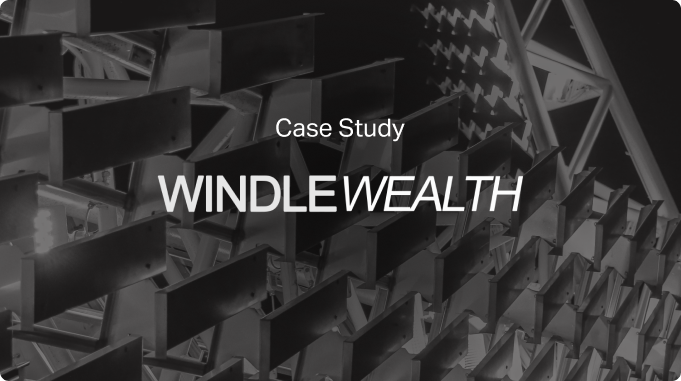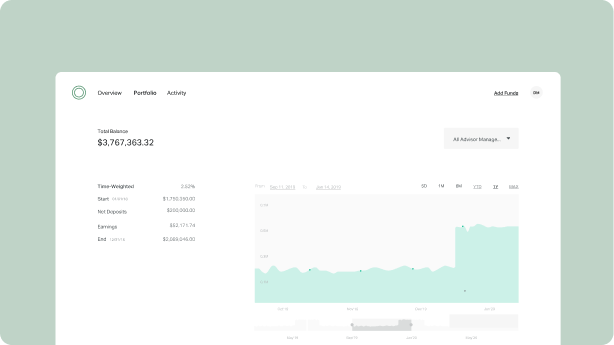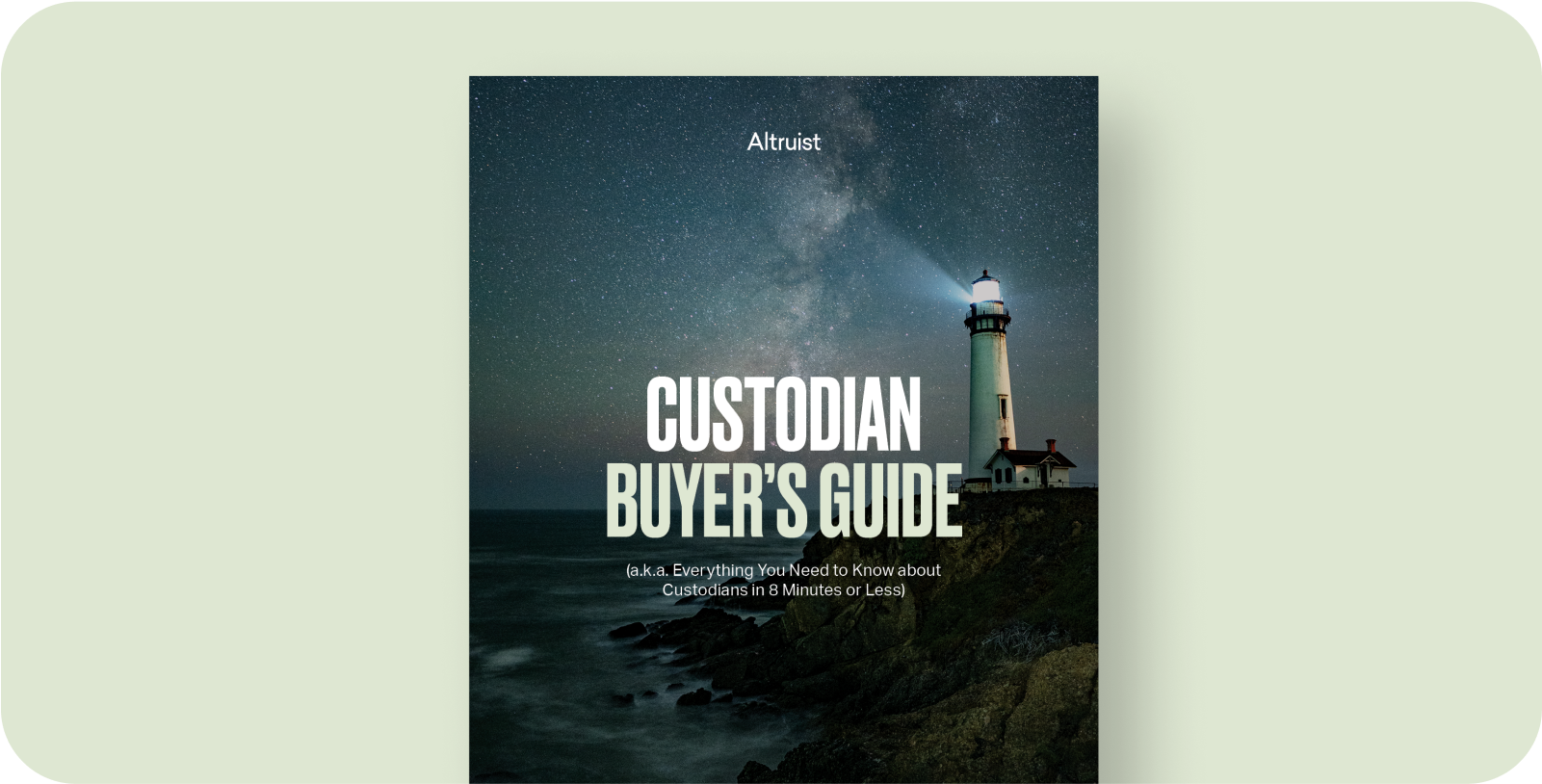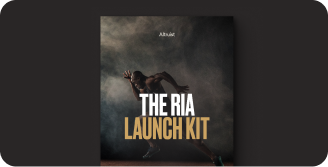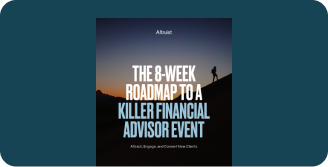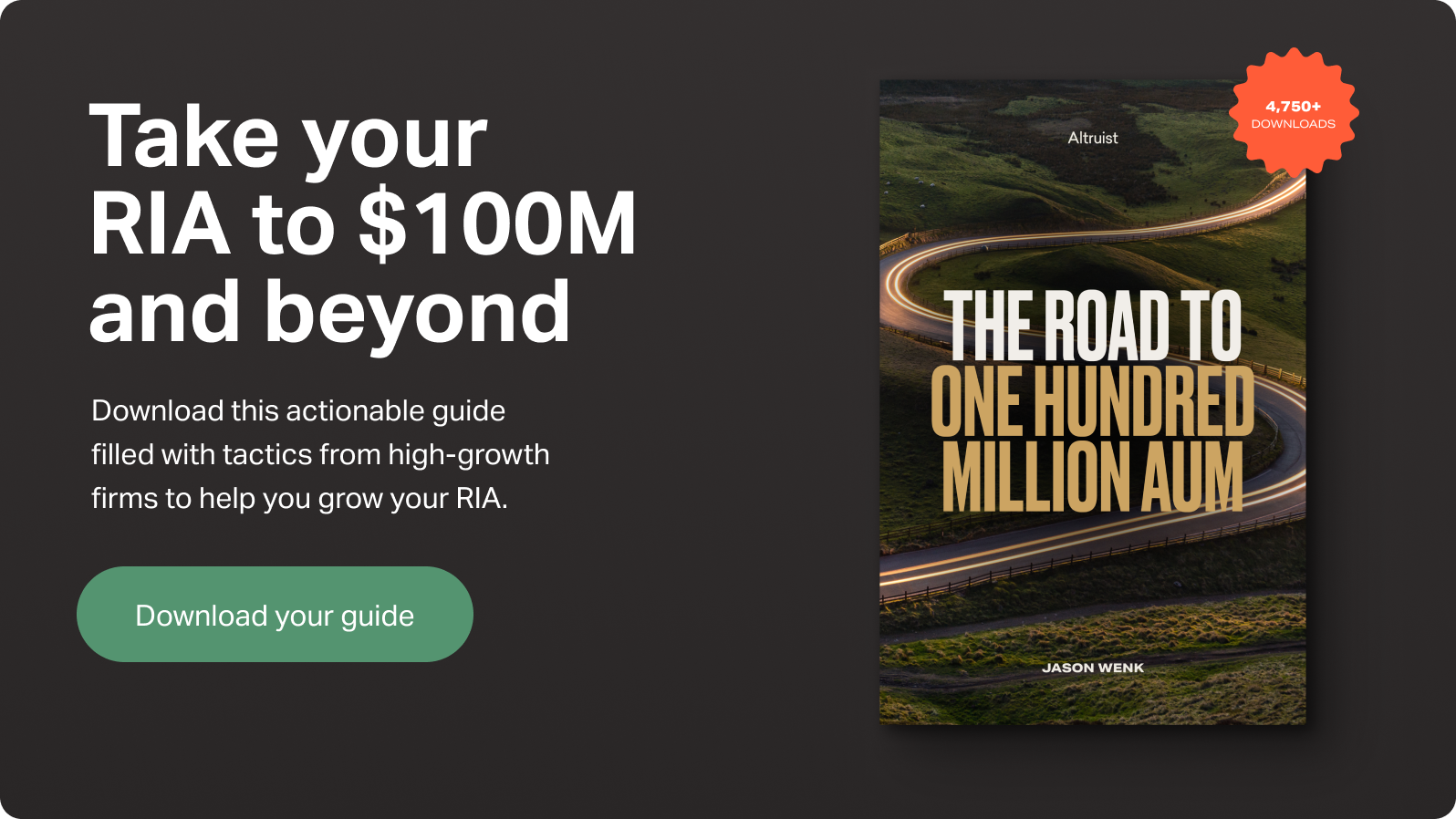Ever have a really awful experience at a bank? The DMV? A dentist?
What is it that you remember about it? Maybe a long line, cold interaction, or gloomy office? Definitely negative emotions. Maybe you’ve experienced similar points of friction using difficult-to-use software or applications. When it feels like dozens of little loading bars sprinkled throughout the entire interface.
Conversely, the experiences we value most typically invoke memories of warm exchanges, good smells, or beautiful images. Memories that leave us feeling warm and fuzzy inside. In terms of software, it’s so fluid it leaves you feeling good about what you’ve accomplished by using it.
I was at one of my new favorite restaurants recently and took a moment to appreciate why it was great. The decor was delightful, the staff was friendly, and the food was tasty.
It’s a beautiful thing when a business fires on all cylinders. Those are the experiences that are truly meaningful and memorable.
Why can’t we have more positive experiences like this in the financial industry? Why isn’t corporate America doing more to fix their tarnished reputation and offer us better options? While many well-meaning financial technology companies are making a run at it, they’ve barely managed to make a dent.
Altruist isn’t waiting around for someone else to fix the industry. We’re developing a consumer-first digital investment platform, built for financial advisors, that will completely change the way advice is delivered (for the better). And design is playing a crucial role in making it a reality.
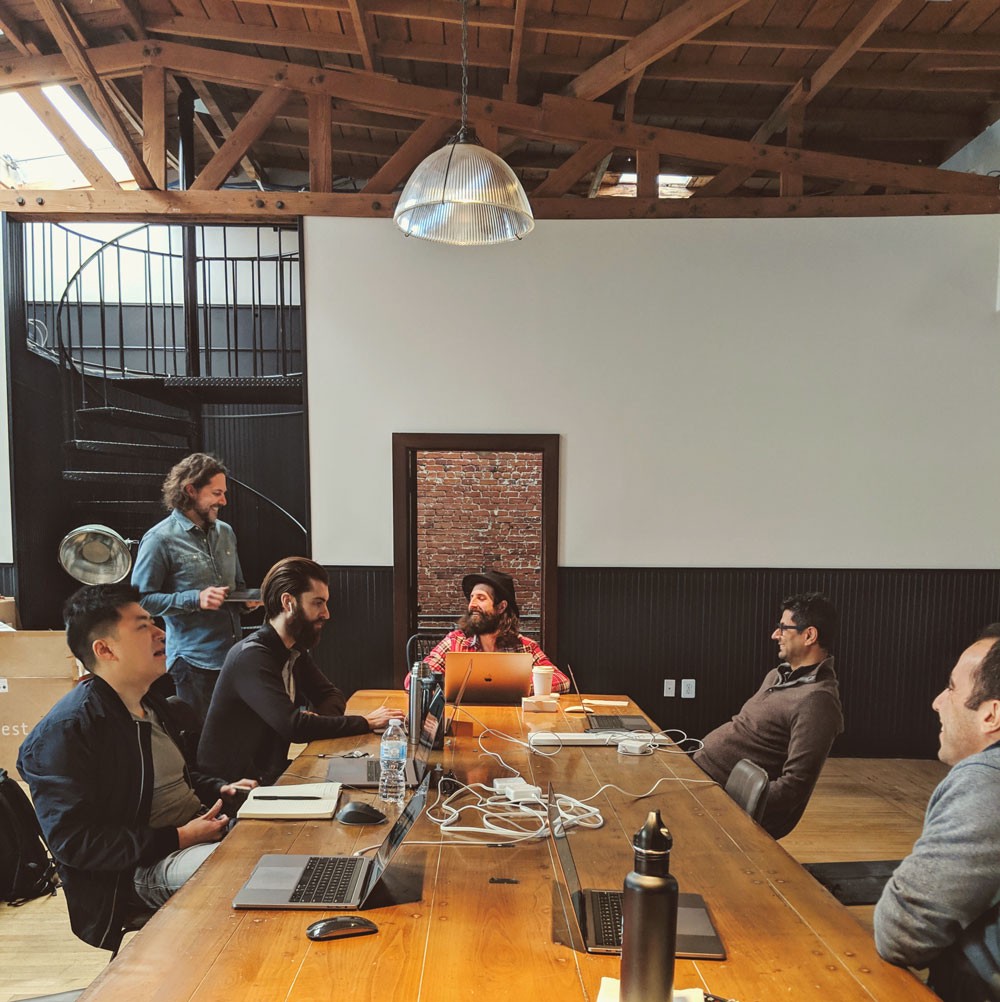 Altruist HQ — Abbot Kinney / Venice Beach
Altruist HQ — Abbot Kinney / Venice Beach
I’m still discovering what this means as time goes on, but I feel fortunate to be somewhere that cares enough about its customers’ experience to create a position like this and give graphic designers an important seat at the table.
I care deeply about my craft and have done my best to fight for good design in every position I’ve held because I think everyone deserves good design. But up until now in my career, it’s never been thought of from the top down, and throughout the entire process of building a product or service.
Design probably isn’t at the top of your list when thinking about growing your financial advisory business. But for those ready to jump to the next level — and who want to help more people — pay close attention.
The experience of money
When you think about your money, you’re probably met with mixed emotion. On one hand, there’s so much money can do for you, but on the other, it can be a weight on your shoulders.
And unfortunately, companies that deal with your money haven’t thought too much about your experience with it. As long as they’re getting more of it, why should it matter?
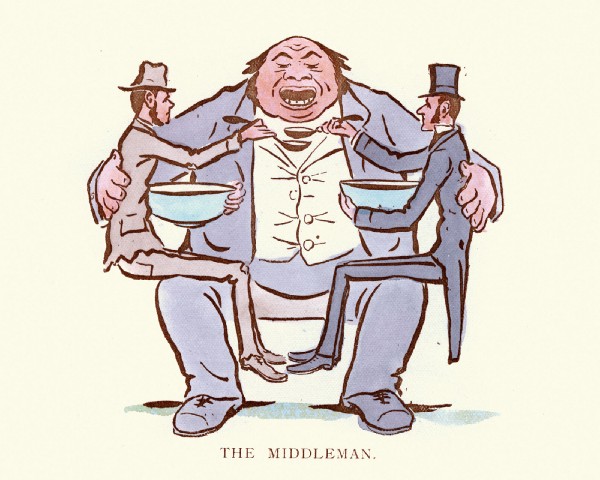
When you invest, it should feel good. It should be a positive experience from beginning to end. It should feel like the people you’re placing your trust in actually have your back.
Some may think the best way to feel good about money is to have more of it. But for most of us, when we really think about it, this isn’t true. What we actually value are the positive memories we can make through it. It’s a whole lot easier to focus on (and enjoy) those things if dealing with our money is also a positive experience.
Getting the information we need, when we need it. Feeling like our money is safe and secure. Simply knowing what is going on with our money.
There are a lot of things that go into making these experiences positive for a person, but in a digital world, design plays an increasingly important role in our relationship with money.
It’s an ugly industry
As a graphic designer, I’ve worked on projects for a myriad of companies in my career ranging from industrial corporations to local mom-and-pop shops and non-profits — and now for a financial technology company.
I entered the financial services world about three years ago. There are a lot of industries that are lagging behind in creating really positive experiences for their customers, but I realized quickly that the financial realm was near the top of this list.
I’ve come to see how poorly some financial companies and advisors treat customers. Unfortunately, many of them see people as a means to an end. Millions are being taken advantage of without realizing it — or they do know but don’t have any better options. (Thankfully, I’m working for one of the good companies trying to fix this.)
Money can be used to fund college, plan for retirement, buy a home, and so much more. How can something so important to us exist in a world of confusing documents, sleazy salespeople, and complex products? Why isn’t investing a world-class experience that leaves us feeling good?
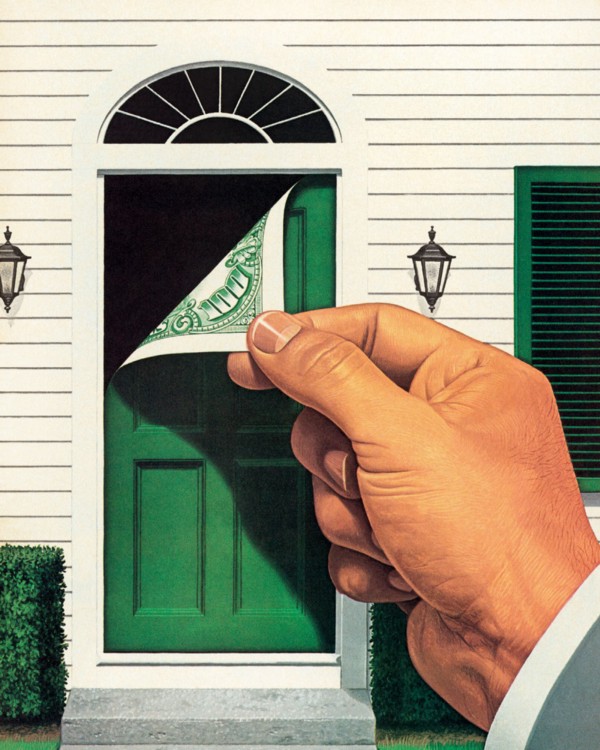
Design in financial services is often seen as an add-on—as something not quite essential.
Thankfully for you and me (the users of financial products and services), this is changing. Design is becoming an asset that elevates how we interact with products and increases the value we get out of them.
Industries that have been living in the past are finally beginning to wake up. With the exhausting amount of options available to us, and how easily accessible they’ve been made to us through the internet, we no longer have to put up with less-than-great choices.
If there’s any question at all whether or not a company will deliver a great experience, more often than not we have the option to go elsewhere.
Why design matters
The design of something is inextricably linked to our experience with using it. Design brings clarity to ideas, concepts, instructions, and interactions. Using something that’s designed really well just plain makes sense, and when we’re done using it we aren’t left feeling frustrated. If it’s done really, really well, it can even leave us feeling better. It also helps us validate ideas and see how things could be.
One of my design heroes, Dieter Rams, said “good design is invisible.” What he means by this is that when design is good, it works. We don’t think about it because there was no need to.
But I think it’s our duty to take this a step further. Design should lift our spirits. At nearly every interaction with modern services, some sort of design plays a role.
For financial advisors, it often begins with a brochure, PowerPoint, or website; transitions to financial statements and emails; and continues all the way down to your office’s design.
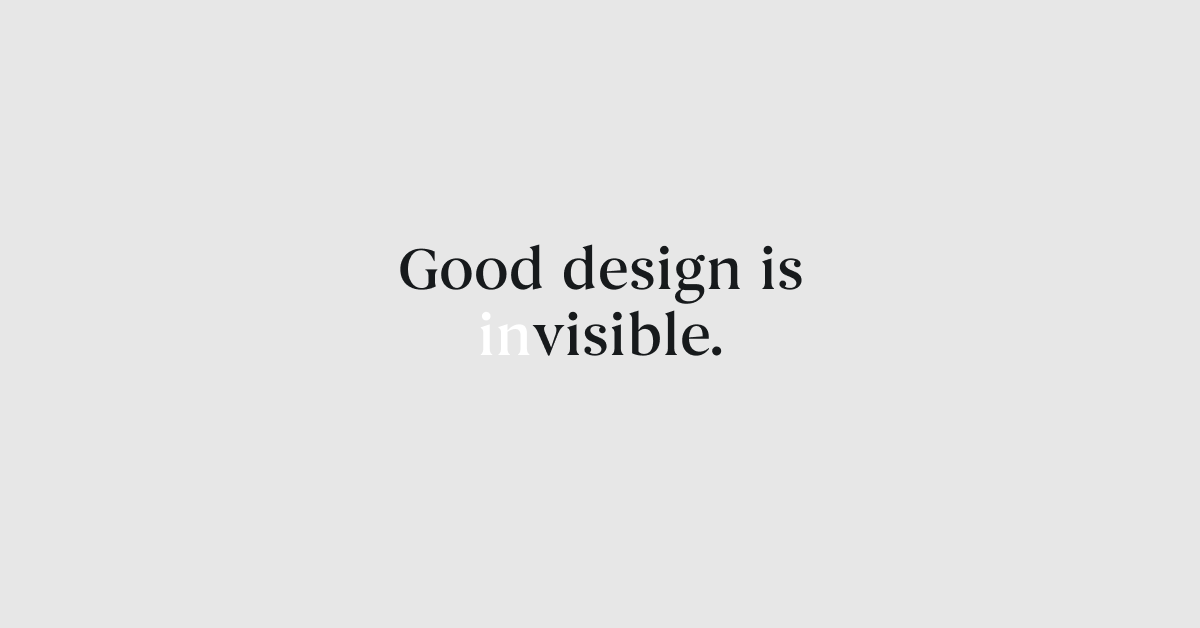
At Altruist, we’re carefully considering what our customers are thinking about when they get to these points. Is it unpleasant friction or a smooth and delightful experience?
Design thinking is empathetic. It considers what you think about when you interact with whatever it’s being applied to and enables you to do more with less.
Dieter never had to design for a digital world where information is growing faster than we can keep up with, where artificial intelligence has real-world applications and can affect our lives, and where millions of dollars can transfer from one person to another with a few clicks of a button.
Your clients want good design
I’ve worked with dozens of financial advisors on projects and without fail, the advisors who did the best work and cared the most about their clients took design seriously.
What’s the correlation?
They cared about how their clients felt about their experience with them. They also cared about how they felt about themselves. To do good work we must feel good about our work, too. These advisors thought holistically and took pride in building a good business that provided tangible value.
On the flip side, when a person is seen as a means to an end, how that person feels along the way doesn’t matter. It’s all about the sale. How can they get more out of your wallet with the least amount of effort?
But design can also be used for illicit purposes. It’s a designer’s job to make sure we believe in the cause we work for and stand up for what’s right.
Put people first
It’s difficult to find a business that does work that’s both meaningful and can make a big impact on the world.
This is why I‘m glad my path led me to Altruist. We have a unique chance to affect the lives of millions of people in a big way by making the financial industry better and more altruistic.
How? By putting humans first.
When you think about how you present yourself to your audience, consider them as individual persons. Put yourself in their shoes. What do they think about you? What could be better? Create a written profile if it helps — we call these personas in design and marketing. Does what you’re putting out there line up with what your goals are?
Feel good about your money (and financial advice)
Intelligent software is making it possible to offer world-class investing and financial planning at a fraction of the cost and hassle as it has been in the past. But it’s still a very new and unknown concept to most people. It can be daunting for you (or your clients) to place your life savings into new technology like this.
Altruist’s tagline is “The way money should feel.”
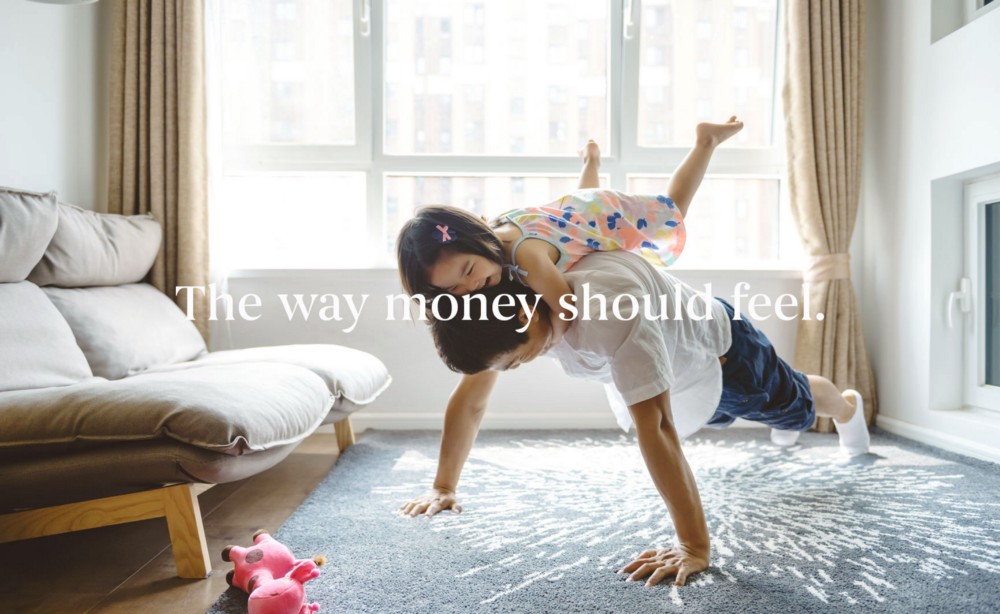
Thinking about our money shouldn’t worry us or frustrate us; when we invest and plan for our future, it shouldn’t be a chore.
There are a lot of brilliant people on our team building algorithms, writing code, working with regulators, and connecting the dots at a level I don’t understand myself.
They’re doing this so our customers have the absolute best experience possible and achieve the absolute most they can with their money. To make this a reality, we need to fire on all cylinders.
This is why Altruist takes design seriously. Our product and service need to be human-centric and consider you as an individual.
We’re working hard to take on Wall Street. Yuval Noah Harari, the author of Sapiens, said in one of his recent books that as a society we’ve forgotten that corporations are created to serve us — not the other way around.
Our platform will put the power back into the hands of people like you and me. Making a change like this isn’t easy.
We could stop at making it easier (and free) to invest at the highest level. We could stop at building smarter technology that creates a better probability of success. But this isn’t enough to overthrow the incumbents.
Helping your money grow is our game. Making sure you feel good along the way is our goal.

